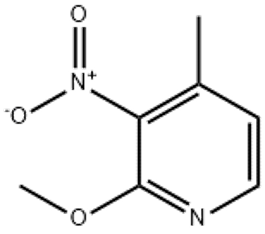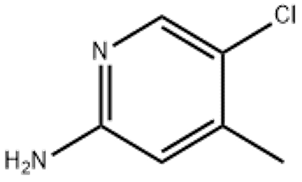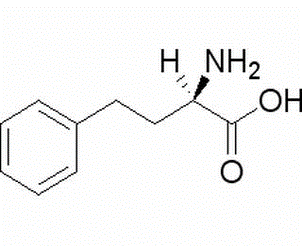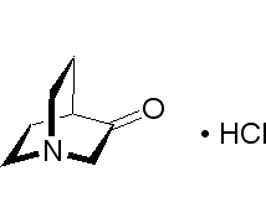Vinyl acetate(CAS#108-05-4)
| Risk Codes | R11 – Highly Flammable R39/23/24/25 - R23/24/25 – Toxic by inhalation, in contact with skin and if swallowed. R36 – Irritating to the eyes R20/21/22 – Harmful by inhalation, in contact with skin and if swallowed. R40 – Limited evidence of a carcinogenic effect R37 – Irritating to the respiratory system R20 – Harmful by inhalation |
| Safety Description | S16 – Keep away from sources of ignition. S23 – Do not breathe vapour. S29 – Do not empty into drains. S33 – Take precautionary measures against static discharges. S45 – In case of accident or if you feel unwell, seek medical advice immediately (show the label whenever possible.) S36/37 – Wear suitable protective clothing and gloves. S7 – Keep container tightly closed. S9 – Keep container in a well-ventilated place. |
| UN IDs | UN 1301 3/PG 2 |
| WGK Germany | 2 |
| RTECS | AK0875000 |
| TSCA | Yes |
| HS Code | 29153200 |
| Hazard Class | 3 |
| Packing Group | II |
| Toxicity | LD50 orally in rats: 2.92 g/kg (Smyth, Carpenter) |
Introduction
Vinyl acetate (also known as vinyl acetate) is a colorless, volatile liquid. It has the property of being miscible in water and most organic solvents.Here are some uses, preparations, and safety information for vinyl acetate:Use:- Industrial Use: Vinyl acetate is commonly used as a solvent for industrial applications such as coatings, inks, adhesives, and cleaners.- Chemical Synthesis: As an important raw material for ethylene monomers, vinyl acetate can be used to synthesize chemicals such as polyvinyl alcohol and polyvinyl alcohol ether.Preparation method:Vinyl acetate can be prepared by esterification of ethanol with acetic acid, which often requires the use of acidic catalysts such as sulfuric acid.Safety Information:1. Vinyl acetate is a flammable liquid and should be kept away from open flames and high temperatures.2. Adequate ventilation needs to be maintained in the working environment.3. When handling vinyl acetate, wear protective gloves, goggles, and overalls to avoid skin contact and inhalation.4. If inhaled or comes into contact with skin or eyes, wash immediately with plenty of water and seek medical attention. Please read the product label and safety data sheet for more details.








